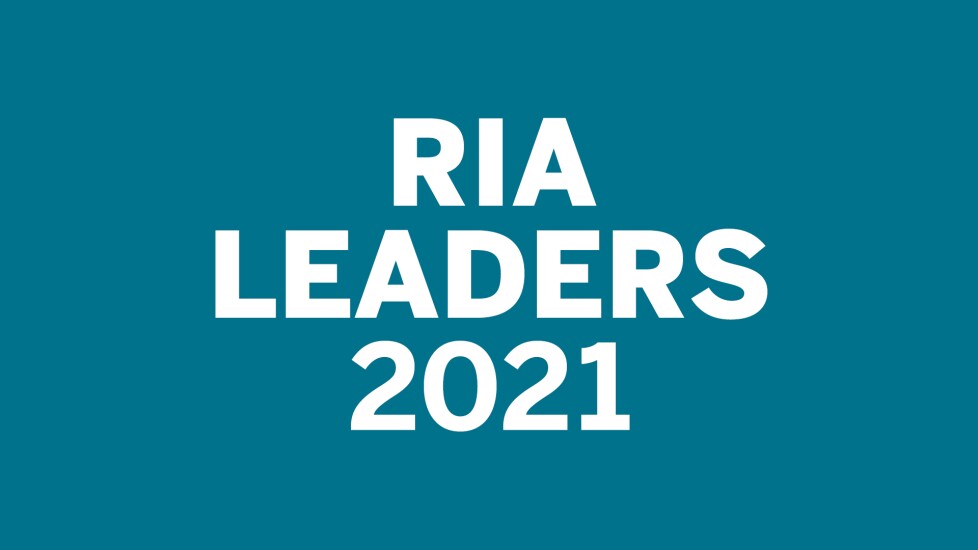Wealth management’s fragmentation makes ranking and classifying fee-only RIAs a difficult and often controversial topic.
The lack of uniform standards governing exactly which RIAs are fee-only financial planning firms turns a simple listing of the companies with the most assets under management into an examination of the profession’s highest ideals and a probe of which boxes they check on the SEC’s Form ADV. As part of Financial Planning’s RIA Leaders rankings this year, some of the industry’s toughest critics and largest firms offered their input on the thorniest questions.
For one, some argue that restricting RIA lists to fee-only firms in itself leaves out many of the firms leading the industry’s shift from brokerage to advisory accounts. Others see dual registration as a dealbreaker and point out that, while some hybrid RIAs do quality planning, they’re not operating at all times under the industry’s strictest fiduciary standards. A third group finds the answers in Form ADV; a fourth faults regulators and the industry for the confusion.
Still others defy any grouping, much like retail-facing RIAs under the current regulatory structure and the corresponding identity crisis. To see how 10 industry heavyweights view the array of issues, scroll down through our slideshow.
Also, find the three other features of FP’s 2021 RIA Leaders issue: A piece exploring
















